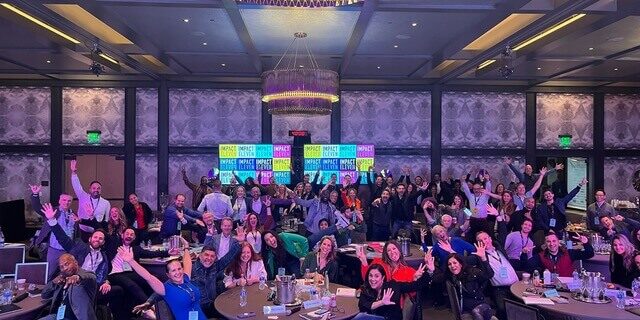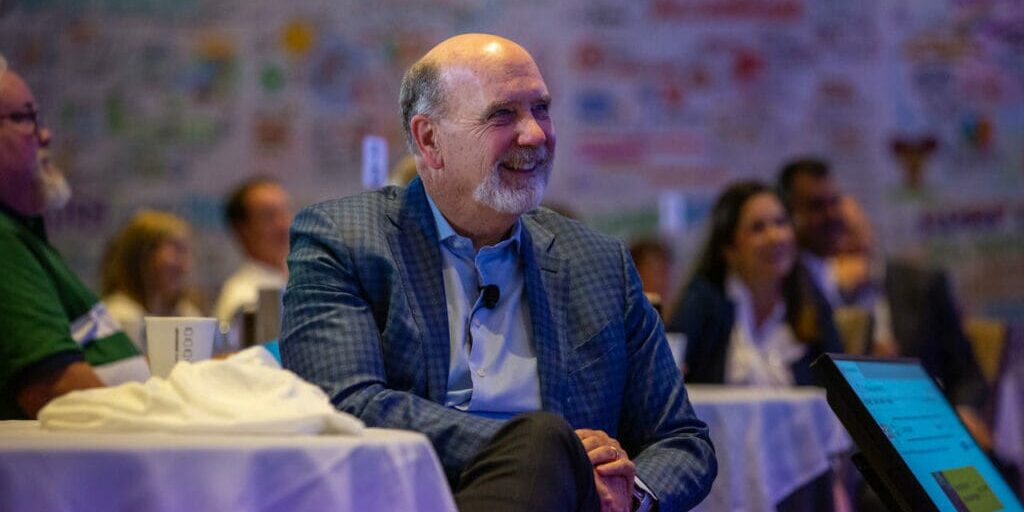Elevating engagement and improving the culture of an organization starts with leadership. A culture of accountability doesn’t just happen. Instead, it requires discipline, commitment, and caring enough about people to invest in their success and fulfillment each and every day. Culture is a reflection of how you lead.
Here’s how you can build a culture of accountability.
Go First
You’re standing in front of your team, laying out your expectations for the new year. You tell them that your goal this year is for your team to break every record in the book. This year is going to be the best year in company history.
Now, what are the next words out of your mouth? “Here’s what you can expect from me.”
By leading from the front, you’re better able to create a culture of accountability. That’s because true leaders go first. It’s not that they just set clear expectations, but that they also provide an example on how to hold themselves accountable.
Of course, you have to follow through and model the behavior that you want to see. Delivering on this behavior consistently will not only help your employees embrace a culture of accountability, but it will also provide the framework for the coaching and support that your team will need as it works to accomplish its goals.
Actively Support Personal Growth
As a leader, it’s your responsibility to create the standards that you want to see in your organization if you want to create a culture of accountability. But expectation-setting should never be a one-way street. In fact, organizations that keep this relationship one-way risk alienating their employees.
So as you set about creating those expectations, take the time to see the employees that you’re managing. Ask them what they want to accomplish for the year, what they intend to bring to the table, and what stretch performance may look like for them.
But don’t just ask your employees about their current role. Make sure that you also take the time to focus on career development. Ask your employees where they want to be a year from now, two years from now, five years from now — and encourage them to be honest with you. There’s a good chance they may want to evolve their role into one that does not exist at your organization.
And that’s OK. Because part of setting a culture of accountability means showing your employees that you are invested in the development of their careers. Too often, I’ve seen leaders try to hold their people back. But honestly, we place too much emphasis on retention. If you want to be a great leader, then it’s your job to help prepare your people for what’s next in life and in work, even if it means promoting them out of your organization.
Another benefit? Placing a focus on career development will help keep your employees engaged, and it will also create a reputation for your organization as not just a place to work, but also a place to grow.
Assess Your Talent for Fit Regularly
The world is not static. It’s ever-changing, and so is your organization. Your strategies may change, your clients may change, and the traits and skills your employees need may change as well.
As the world changes, however, the need to maintain performance does not. So in order to make sure that you’re on the right track, you have to constantly assess fit within your organization. Whenever I fit assess, I ask myself two questions :
- Knowing what I know now, would I hire this person again?
- Is this truly the best person for the job?
If the answer to either of these questions is no, it’s time to have a courageous conversation. They’re never easy to do, but you’ll be glad that you did. We do people a tremendous disservice by keeping them in positions where they don’t have the capability, competency or commitment to deliver maximum performance. And as leaders, it’s our job to make sure that everyone is maximizing their unique gifts.
But it’s up to you to lead the way. Always go first.










